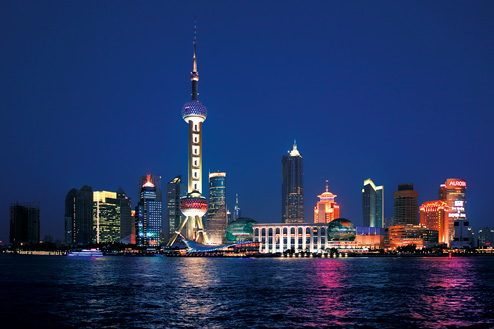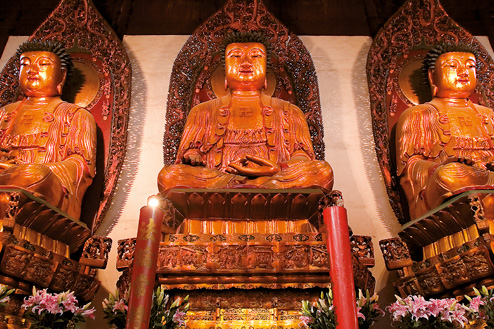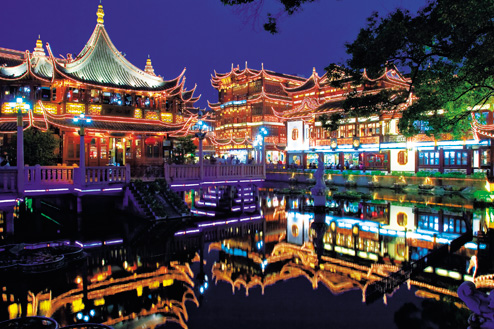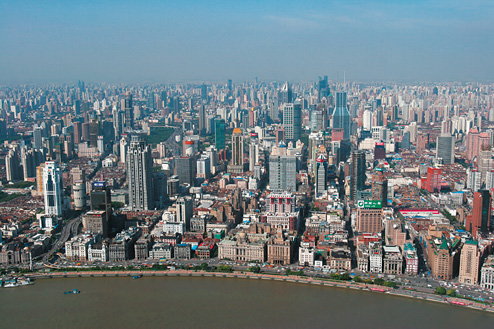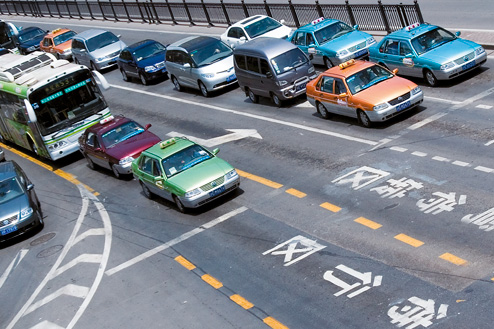National Dress
The days of the ‘Mao suit’ (Zhongshan suit in Mandarin) are long gone in Shanghai. This simple, greyish military-style jacketed outfit with buttoned-down pockets was the national dress during China’s revolution and was worn by both party leaders and the general population to show allegiance to a proletariat unity. Today, it is only rarely seen on members of the older generation, plus on some young overseas Chinese people who consider it a form of retro-chic. A similar situation exists with the qipao (or cheung-sam in Cantonese). Often regarded as the national dress for Chinese women, these brightly coloured silk brocade dresses with thigh-high splits were popularised by the infamously risque Shanghainese women of the 1920s. Now, however, they are more frequently seen on hotel staff, tourists or expat wives than on local girls.
If there is a rule of dress in 21st century Shanghai, it is simply to ‘dress up’. Without a doubt, Shanghai is China’s capital of fashion, with Armani, Gucci and Prada shops lining the streets, and high-octane catwalk shows frequently featured on the events calendar. Affordable, albeit illegal, copies of designer brands are readily available, contributing to the overall stylishness of the population. The young Shanghainese in particular are very image conscious, with clothes shopping having become a major pastime. Whether with heels or hemlines, the current motto for young Shanghainese women seems to be ‘the higher the better’. For the middle-aged, middle-management man of Shanghai, there appears to be an unofficial uniform of short-sleeved shirt, fake Gucci belt with attached mobile phone, and obligatory under-the-arm washbag that acts as a briefcase.
If there is a rule of dress in 21st century Shanghai, it is simply to ‘dress up’. Without a doubt, Shanghai is China’s capital of fashion, with Armani, Gucci and Prada shops lining the streets, and high-octane catwalk shows frequently featured on the events calendar. Affordable, albeit illegal, copies of designer brands are readily available, contributing to the overall stylishness of the population. The young Shanghainese in particular are very image conscious, with clothes shopping having become a major pastime. Whether with heels or hemlines, the current motto for young Shanghainese women seems to be ‘the higher the better’. For the middle-aged, middle-management man of Shanghai, there appears to be an unofficial uniform of short-sleeved shirt, fake Gucci belt with attached mobile phone, and obligatory under-the-arm washbag that acts as a briefcase.

